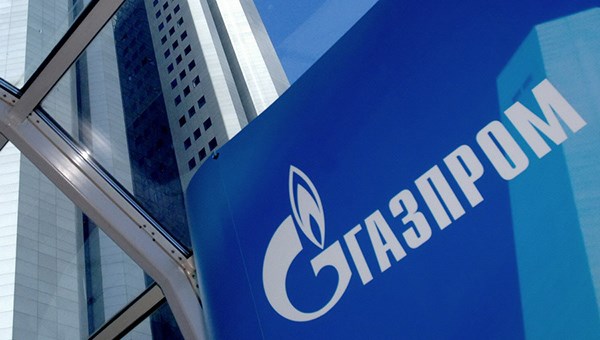Gazprom compares the volume of US LNG supplies to Europe with drips of coffee
At a meeting with investors in New York, Gazprom stated that supplies of American liquefied natural gas (LNG) to the European market are just a few drops in the background when compared to the volumes of natural resources supplied through pipelines by the Russian company.
The company illustrated this idea in the form of an infographic. The infographic depicted a full cup of coffee on one side – representing Gazprom’s estimates of its own deliveries – and, on the other side, a magnifying glass highlighting three drops, demonstrating the volume of American LNG in Europe.
Kirill Polus, head of the Gazprom's department 123, noted at the meeting that the year 2017 culminated in record figures for the export of Russian pipeline gas, and that 2018 had begun with the delivery of Russian LNG to the United States. He stressed that no "influx" of American liquefied gas to Europe occurred during this period.
"Many of you start the morning with a cup of coffee. If we compare the volume of supplies of Gazprom to the European market with a cup of coffee, then supplies of American LNG would only be a few drops," he said. According to Polus, "it is obvious that a few drops of coffee are unlikely to perk you up… Likewise, US LNG has not had a significant impact on the diversification of gas supplies, nor energy security in the European region," he added.
Polus noted that volumes of American LNG are insignificant, and added that they have been delivered mainly to countries that do not have access to Russian pipeline gas or in which the possibility of increasing Russian gas supplies is limited.
"We do not expect competition with American LNG in the European market to appear in the long term. The high cost of these supplies speaks in favor of this, as does the interest of our partners in new gas transmission routes for the import of Russian gas to Europe," he assured.
The presentation noted that Gazprom’s share in the European market reached a record level of 34.7% in 2017. This figure could increase to 35-38% by 2030, and to 38-41% by 2035, according to data from the companies IHS and Wood Mackenzie that Polus referred to during the presentation.
